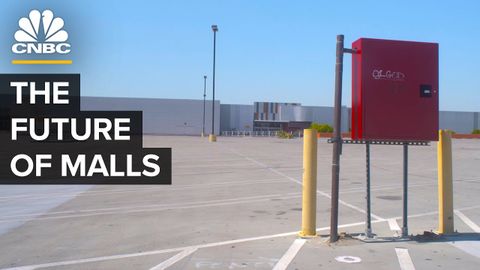为什么美国购物中心不见了(Why U.S. Malls Are Disappearing)
joey joey 發佈於 2021 年 04 月 20 日  沒有此條件下的單字
沒有此條件下的單字US /ɔˈθɛntɪk/
・
UK /ɔ:ˈθentɪk/
US /ˈstrʌɡəl/
・
UK /'strʌɡl/
- v.t./i.奮鬥;掙扎;打鬥;搏鬥
- n. (c./u.)掙扎;掙扎;奮鬥;難題
US /ɪˈsɛnʃəl/
・
UK /ɪ'senʃl/
US /pænˈdɛmɪk/
・
UK /pæn'demɪk/
- adj.(疾病)大規模流行的,廣泛蔓延的
- n.大流行病

